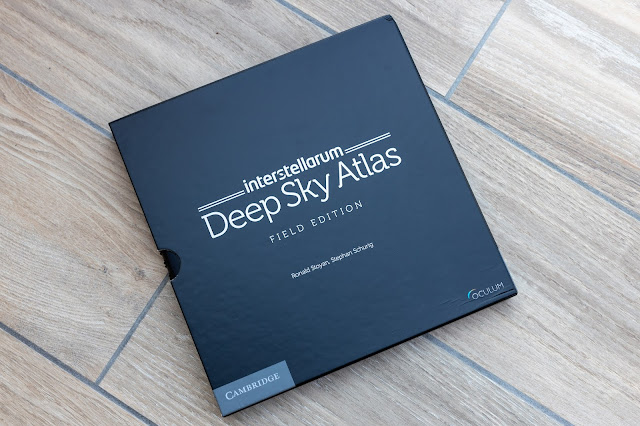Observing with the 80mm TS-Optics Photoline on March 18, 2025
The weather has been delightful for the past few days, and despite the full moon approaching, I decided to take advantage of the clear skies for some stargazing. I spent a bit less than an hour observing, and it was wonderful to be able to set up my 80mm TS-Optics PhotoLine and start observing within minutes. Using the PiFinder, I located all the objects with ease. The temperature dropped from 6.4°C to 4.7°C, and the humidity increased from 50% to 55%. Despite the chilly conditions, the views through my 80mm telescope were surprisingly good, making for a fun hour of observing!
Transparency and seeing conditions were excellent, allowing for clear and detailed observations. Here are the highlights of my stargazing session:
M 45 (Pleiades)
At 21:01, I observed M 45 with my Tele Vue 21mm Ethos. This beautiful open cluster was easy to see and fits nicely within the field of view. The Pleiades never fail to impress with their bright, sparkling stars.
M 81
At 21:14, I observed M 81 with my Tele Vue 8mm Ethos. This galaxy was a pleasure to observe, with its brighter core and elongated shape. It was still visible in the same field of view as M 82, even at higher magnifications.
M 82
At 21:15, I observed M 82 with my Tele Vue 6mm Ethos. The view through the 80mm telescope was impressive, showcasing the galaxy's elongated and bright structure, along with some mottling.
M 51
At 21:18, I observed M 51 with my Tele Vue 21mm Ethos. This galaxy was quite difficult to see and appeared only as a smudge of light.
Jupiter
At 21:22, I observed Jupiter with my Tele Vue 6mm Ethos. Although still quite small, two belts were visible on the planet's surface.
NGC 869 + 884 (Double Cluster in Perseus)
At 21:26, I observed NGC 869 and NGC 884 with my Tele Vue 8mm Ethos. The double cluster in Perseus is truly impressive, with NGC 869 being more concentrated than NGC 884. The field of view was filled with numerous stars.
M 37
At 21:32, I observed M 37 with my Tele Vue 8mm Ethos. This concentrated open cluster in Auriga was filled with stars of almost equal brightness. Using the 31mm Nagler, I could see two of the three Auriga clusters (M 36, M 37, and M 38) in the field of view.
M 36
At 21:33, I observed M 36 with my Tele Vue 8mm Ethos. This open cluster is more loose and slightly larger compared to M 37, with stars of varying brightness. The 31mm Nagler allowed me to see two of the three Auriga clusters in the field of view.
M 38
At 21:35, I observed M 38 with my Tele Vue 8mm Ethos. M 38 is the loosest open cluster of the three Auriga clusters, with stars of different brightness. The 31mm Nagler provided a view of two of the three clusters.
M 42 (Orion Nebula)
At 21:43, I observed M 42 with my Tele Vue 6mm Ethos. The view through the 80mm telescope was amazing, revealing a lot of nebula, including the closing arms and the dark nebula. Only four stars were visible in the trapezium, but the nebula itself was a stunning sight.
M 43
At 21:43, I observed M 43 with my Tele Vue 6mm Ethos. This nebula was easily visible next to M 42, adding to the beauty of the Orion region.
Overall, it was a fantastic night of stargazing, and I thoroughly enjoyed observing these celestial wonders. The clear skies and good seeing conditions made for an unforgettable experience!


Comments
Post a Comment